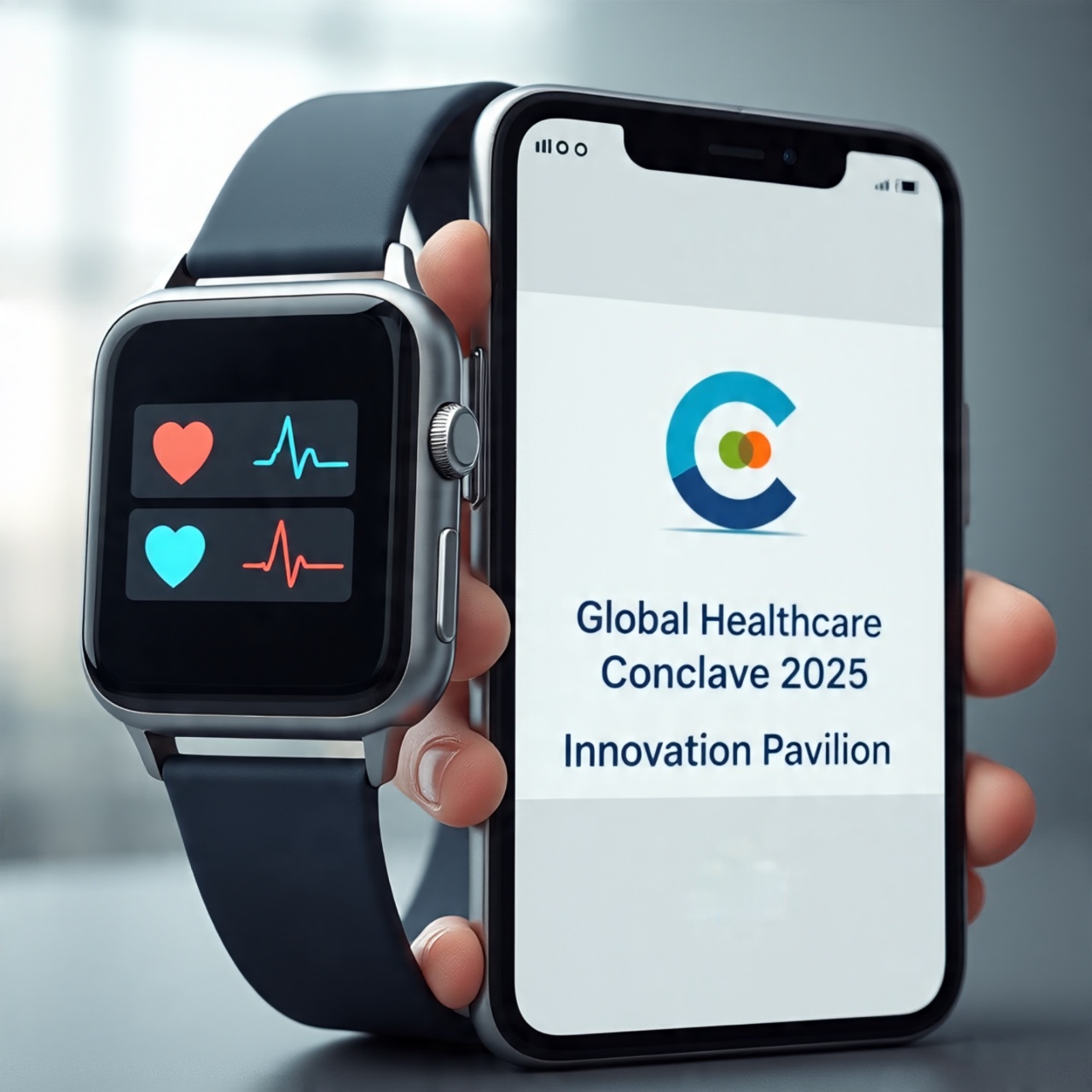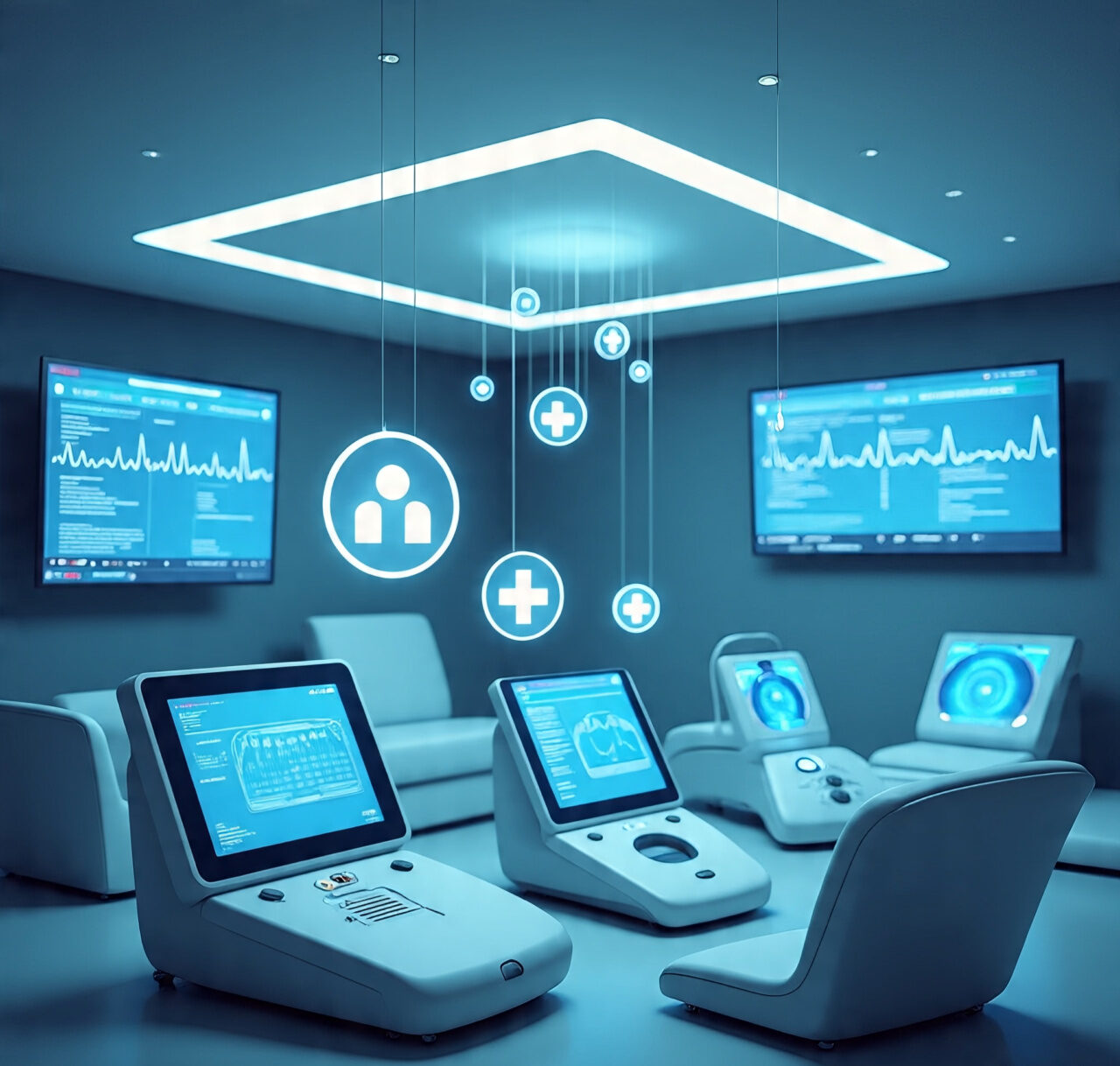
Introduction
Wearable healthcare technology is no longer just about counting steps. Today, smartwatches and medical wearables are powerful health monitoring devices that can detect irregular heartbeats, measure oxygen levels, and even save lives.
Types of Wearable Healthcare Devices
- Fitness Trackers: Monitor activity and calories burned.
- Smartwatches: Offer heart rate, sleep, and oxygen monitoring.
- Medical-Grade Devices: Continuous glucose monitors and ECG trackers.
- Implantable Devices: Advanced tools for chronic illness management.
Benefits of Wearable Tech
- Continuous health monitoring.
- Early detection of health risks.
- Increased patient engagement.
- Data-driven consultations with doctors.
Challenges in Adoption
- Device accuracy and reliability.
- Privacy and security of sensitive data.
- Integration with healthcare systems.
Wearables in the Future
By 2028, the wearable healthcare market is projected to exceed $150 billion. Expect innovations like smart clothing and AI-driven predictive wearables.
At the Global Healthcare Conclave 2025, wearable devices will be showcased in the Innovation Pavilion, highlighting how they are revolutionizing personal healthcare.
Conclusion
Wearables are shifting healthcare from reactive to preventive. With growing adoption and innovation, they are central to the digital health ecosystem.




